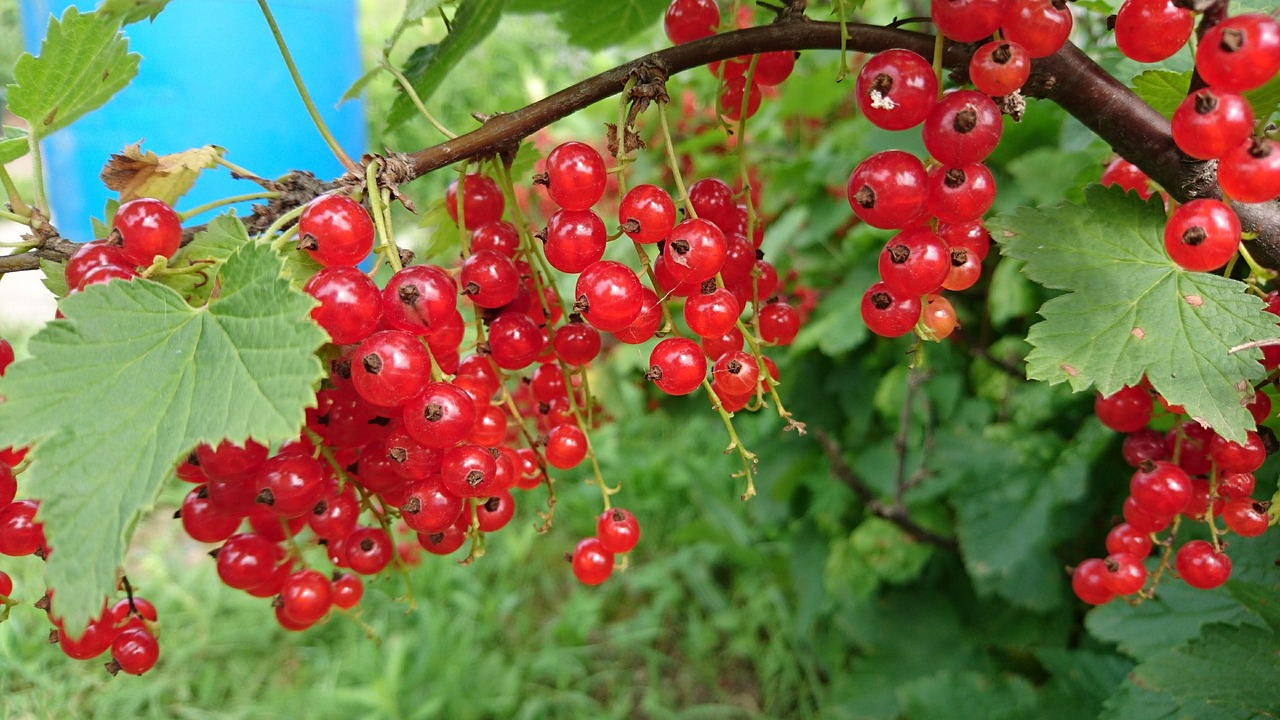
Pruning, Fertilizing & Propagating Currants: Care Tips
Currant bushes are easy-care, robust berry bushes that are native to our latitudes. This makes them particularly popular and they can often be found in gardens. To ensure a good yield in the long term, there are a few things to bear in mind when caring for them. Read this article to find out what you need to consider and know when pruning, fertilizing and propagating currants.
This Article Contains:
- Currant: The Right Location & Soil
- Planting Currants in a Pot: Which Soil Is the Best?
- When Is the Best Time to Cut Currants?
- Pruning Currants: How to Keep the Shrub in Shape
- Cut White and Red Currants: How to Do It
- Tips for Pruning Black Currants
- Fertilizing Currants: The Right Timing & Fertilizer
- Watering & Mulching Currants: Care Tips
- Propagating Currants: Make Your Own Cuttings
- Companion Planting With Currants: Healthy Plants Through Biodiversity
- Frequently Asked Questions About Caring for Currants
Quick Overview
Pruning Currants: Timing and Instructions
- When to prune? After the harvest is a good time to prune your currant bushes. If you have missed this, you can still prune your bushes in early spring (until February/March).
- The aim of pruning is to ensure that you have a balanced number of young and old shoots on the bush. This prevents the shrub from ageing with age. A bearing shoot is replaced by a new one after about three years. There are differences between red, white and black currants:
- White and red currants form their fruit on side shoots of perennial wood
- Blackcurrants bear fruit on the side shoots of annual shoots
Fertilize & Water Currants Correctly
- Time for fertilization: Twice a year, once before budding in spring and once in autumn, after the harvest.
- Suitable fertilizers: Compost, manure, berry fertilizer, plant manure, horn shavings,...
- Watering: As shallow-rooted plants, currant bushes need a regular supply of water. To keep the water in the soil for longer, apply a layer of mulch.
Making Currant Cuttings Yourself
- Cut off a one-year-old, non-woody shoot in the fall after the leaves have fallen.
- Make a straight cut at the lower end and a diagonal cut at the upper end.
- Now put the lower end in water or soil to root.
Currant: The Right Location & Soil
Currant bushes are easy-care, robust berry bushes that are native to our latitudes. You should choose a suitable location so that the shrub can grow without any problems. Currants prefer to grow in a semi-shady to sunny spot. The sunnier the location, the bigger the harvest and the sweeter the fruit. The soil should be moderately heavy, well-drained and humus-rich. Waterlogging is less good for currants, so it is important that the soil is deeply loosened and not too heavy. If the soil is too heavy, you can mix in a little sand to improve the soil. You can find more Tips on Improving the Soil in this article. The optimum pH value of the soil for currants is between 5.5 and 6, i.e. in the slightly acidic range.
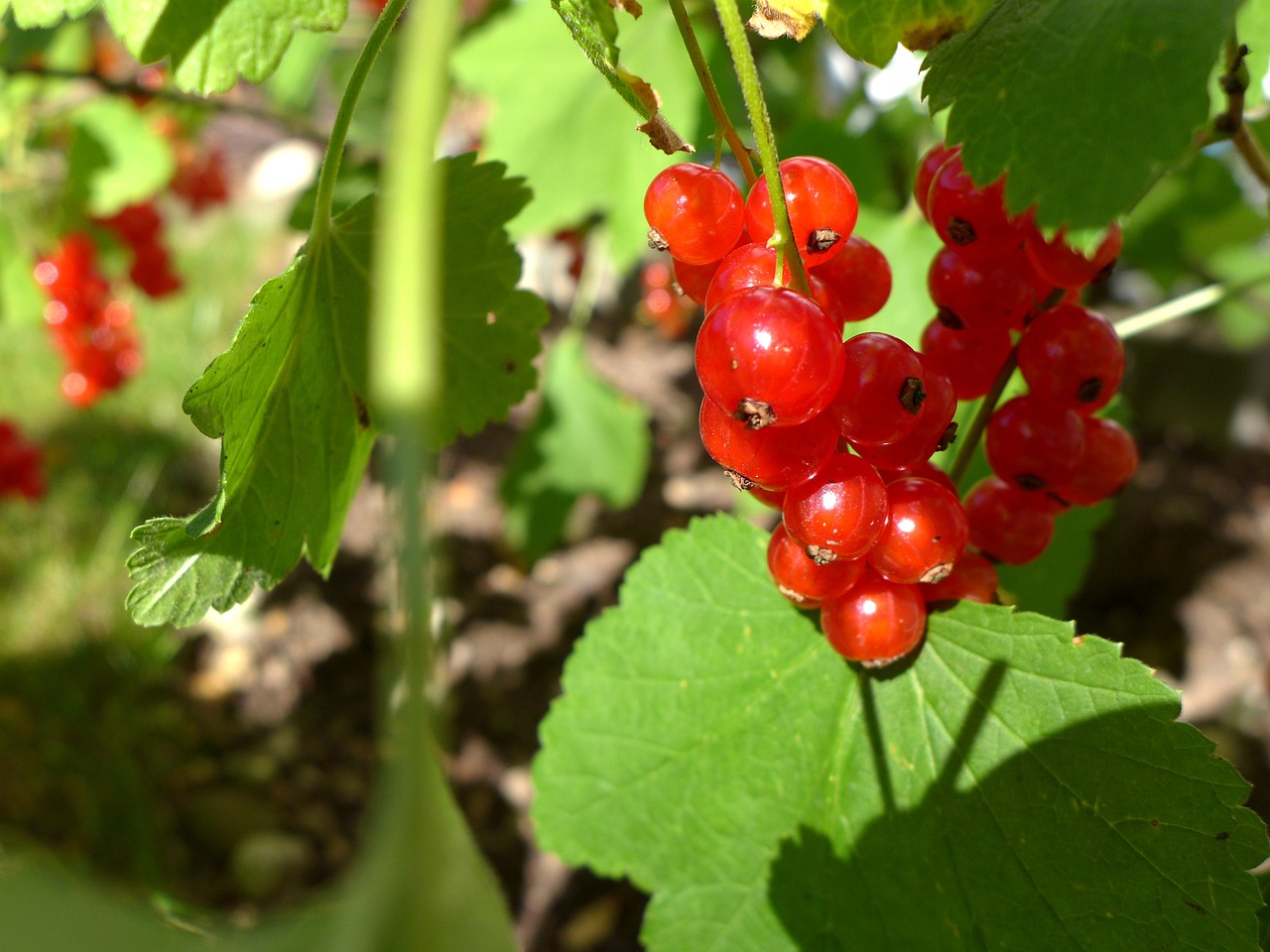
Planting Currants in a Pot: Which Soil Is the Best?
If you prefer to plant your currants in a pot, it is important to get the right soil. As you have already learned, currants need a slightly acidic environment. Therefore, conventional garden soil may have a pH value that is too high, as this is usually between 6 and 7. However, this is written on the packaging and you can easily find out. If you want to acidify the soil a little, you can mix in rock flour or rhododendron soil. Tips on Using Rock Flour to Balance the PH Value can be found here in the article on the subject.
We recommend using drainage so that the water can drain away easily and does not build up in the bottom of the pot. For example, you can place small stones or sand in the bottom. To ensure that your berry bush has enough nutrients available in the long term, a slow-release organic fertilizer that gradually releases plant-available nutrients will help. As the soil in a pot dries out quite quickly, a layer of mulch is a great way to keep the soil moist for longer. A layer of mulch prevents the water from evaporating.

Need Further Advice?
To exchange ideas with other gardeners and benefit from their experiences, you can visit our Fryd community. Perhaps someone has already propagated currants and can give you some tips.
Join Community NowWhen Is the Best Time to Cut Currants?
All pruning measures are carried out either after the harvest or in February before the leaves sprout. You can also thin out your currant bush before harvesting in summer. To do this, remove some of the leaves, which will provide the plant with better light and encourage the formation of flower buds for the following year.
Pruning Currants: How to Keep the Shrub in Shape
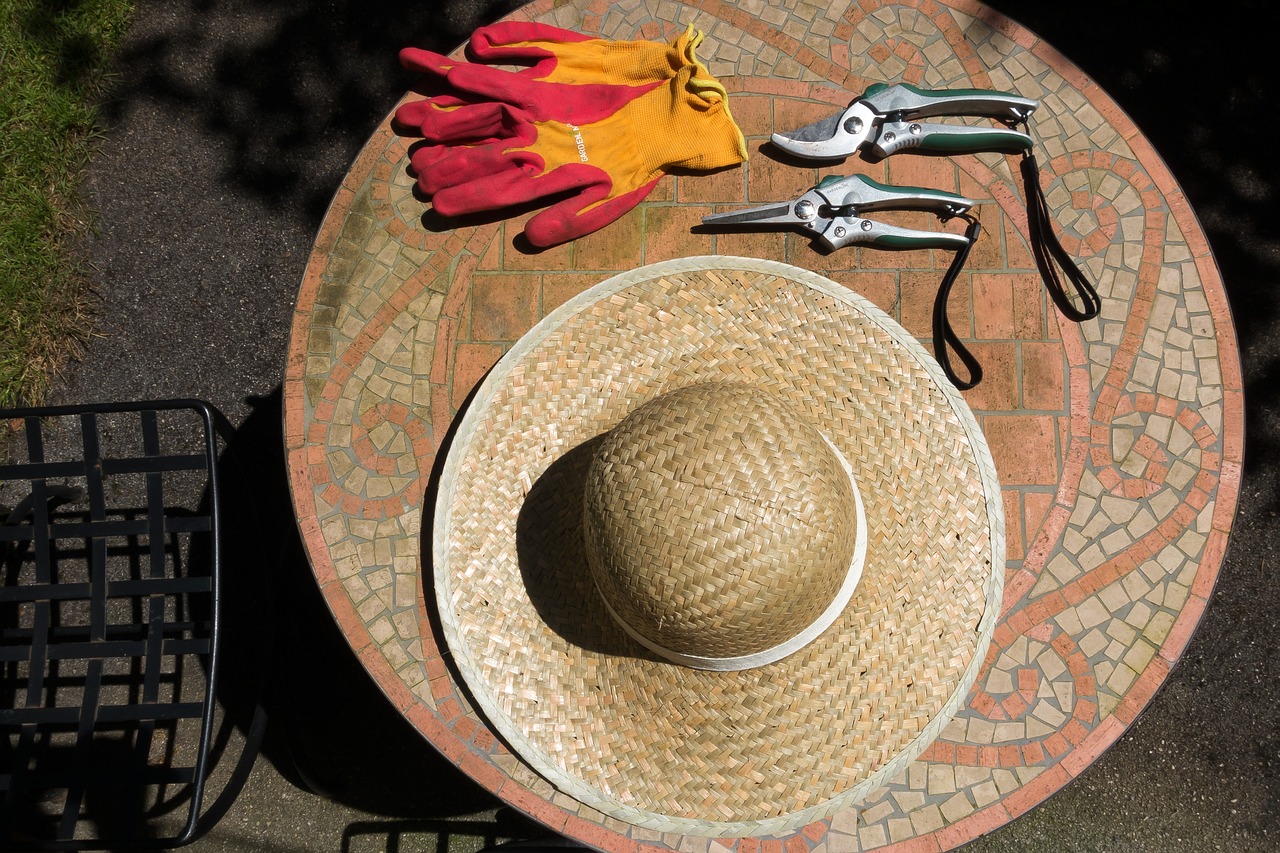
After pruning, annual pruning is very important. You can find out How to Plant Your Currant Bush Correctly in this article. With annual pruning, you can regulate growth so that the bush stays in shape. With a balanced number of young and old shoots, your plant will not age and there will always be enough young shoots to replenish it. After three years, a bearing shoot must be replaced as the quality and quantity of the yield declines. You can tell the age of a shoot by its thickness and surface. The thicker the shoot and the more woody the surface, the older it is. In addition, lichens or algae often grow on the surface of older shoots. You can usually recognize this relatively easily.
The color of the berries plays an important role in pruning your currants correctly. Red and white currants bear fruit on one-year-old side shoots of two to three-year-old wood, whereas black currants bear fruit on the side shoots of one-year-old wood. You need to pay attention to these differences in order to get the best yield from your plant and promote healthy growth with pruning. You can find out how to prune white, red and black currants below.
Cut White and Red Currants: How to Do It
For high-yielding panicles, the plant needs enough two to three-year-old shoots. First, remove all the shoots that get in each other's way and are too close together. This way, the shoots do not compete for light or space and the shrub is better exposed overall. Once the rough shape is right, select the remaining shoots that should be left standing. Cut off all other shoots close to the ground and remove the side shoots on the remaining shoots. As a rule of thumb, your plant should end up with two one-, two-, three- and four-year-old shoots. For a younger shrub without three to four-year-old shoots, prune it as described above. The ratio of shoots of different ages should then also be balanced, with the plant only lacking the older shoots. These are added with increasing age and must be taken into account when pruning in subsequent years. If you are dealing with an older bush, you can rejuvenate it by simply leaving more annual shoots.
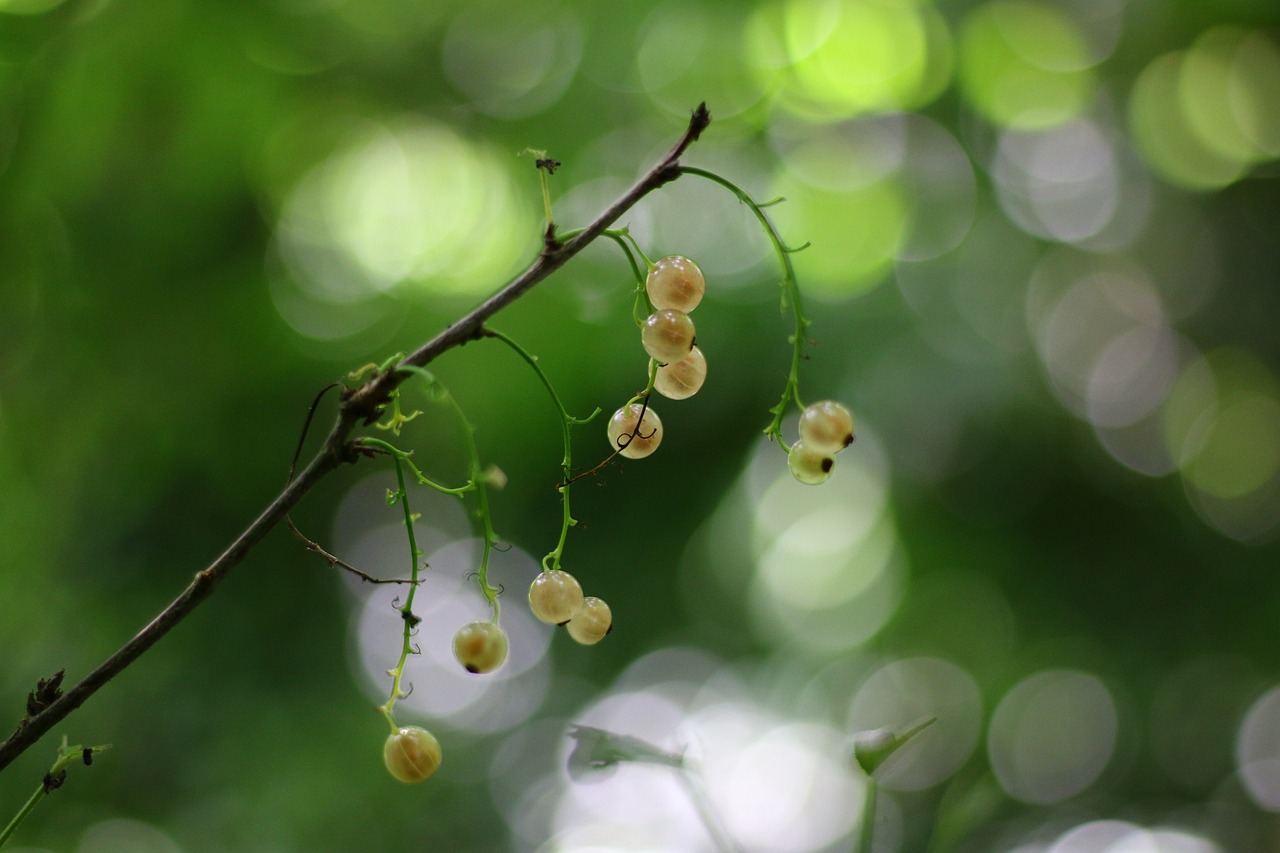
Tips for Pruning Black Currants
In principle, pruning blackcurrants works in a similar way. However, as blackcurrants mainly bear fruit on the side shoots of the one-year-old wood, leave more one-year-old shoots. Remove all two to three-year-old shoots from the plant. You can leave a small stump. New annual shoots can grow from this for the next year.
Fertilizing Currants: The Right Timing & Fertilizer
Regular fertilization is very important to ensure that your plant has enough energy to produce new shoots and lots of new flower buds. You should therefore provide it with sufficient fertilizer twice a year: before budding in spring and in autumn, before the plant goes dormant for the winter.
Suitable Fertilizers for Currant Bushes: Compost, Manure & Co.
Compost or manure as well as a special berry fertilizer are suitable for this. The dosage of berry fertilizer is stated on the packaging, while you can fertilize about 3 to 4 L/6.3 to 8.4 L per m2/1.2 yd2 with compost or manure. You should ensure a balanced supply of nutrients, as the shrub primarily needs nitrogen and potassium, but also phosphorus and other trace elements in small quantities in order to grow well. You can also use home remedies that you can easily make yourself. In addition to homemade compost, you can also make plant dips from nettle or horsetail. However, you should make sure that you only water the shrub with the fertilizer from below and do not hit any fruit or fruit clusters. These can take on the taste of the liquid manure, which is not particularly tasty. Other fertilizers that you can use include horn shavings, Terra Preta or sheep's wool pellets. Horn shavings are a very nitrogen-rich fertilizer, but it is also important to supplement other nutrients with other organic fertilizers. Potassium is particularly important for fruit formation and a deficiency will damage your harvest. There are numerous options, but as the composition of organic fertilizers often varies, you should keep a close eye on your shrub. If you notice any deficiencies, you can react quickly and add more fertilizer. You can find more information on Organic and Natural Fertilization Without Mineral Fertilizers in this article.
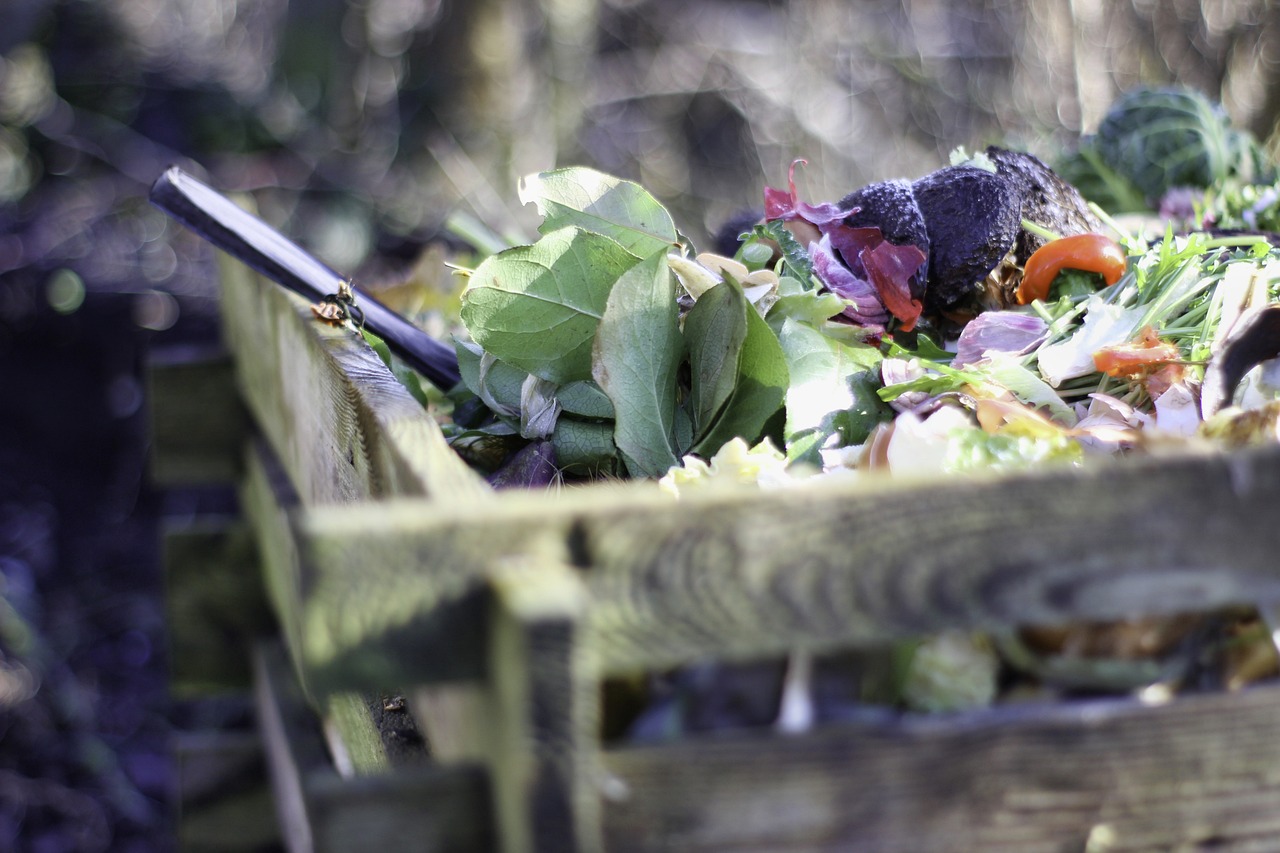
Watering & Mulching Currants: Care Tips
Currants only form shallow roots, which is why they are dependent on a regular supply of water. The shrub must be watered immediately after planting and during dry periods in particular. To save water when gardening and still provide your plants with sufficient water, you can Find Tips on Correct Watering Here.
It is best to water less frequently, but more abundantly. This encourages the shrub to form deeper roots, which means it can supply itself with water better. To prevent the spread of fungal diseases through splashing water, it is best to water close to the ground and from below, trying to keep the leaves as dry as possible.
To keep the soil moist in the long term, apply a layer of mulch, which you should also replace regularly. Bark mulch, straw or sheep's wool are suitable for this. In addition to the effect of keeping moisture in the soil for longer, a layer of mulch also regularly releases nutrients as it decomposes. It therefore also has a fertilizing effect, which additionally strengthens the plants.
Propagating Currants: Make Your Own Cuttings
Just like care, propagating currants is not complicated. All you need is a mother plant from which you cut off a strong, one-year-old shoot in the fall after the leaves have fallen . Now cut the shoot into individual pieces about 10 - 15 cm/3.9 - 5.9 in long, each with a bud at the top and bottom. One end is cut off straight below the bud, while a diagonal cut is made above the other. Now stick the end with the straight cut into loose, prepared soil in a sheltered spot in your garden. Roots should now form by spring and new shoots should appear on your seedlings.
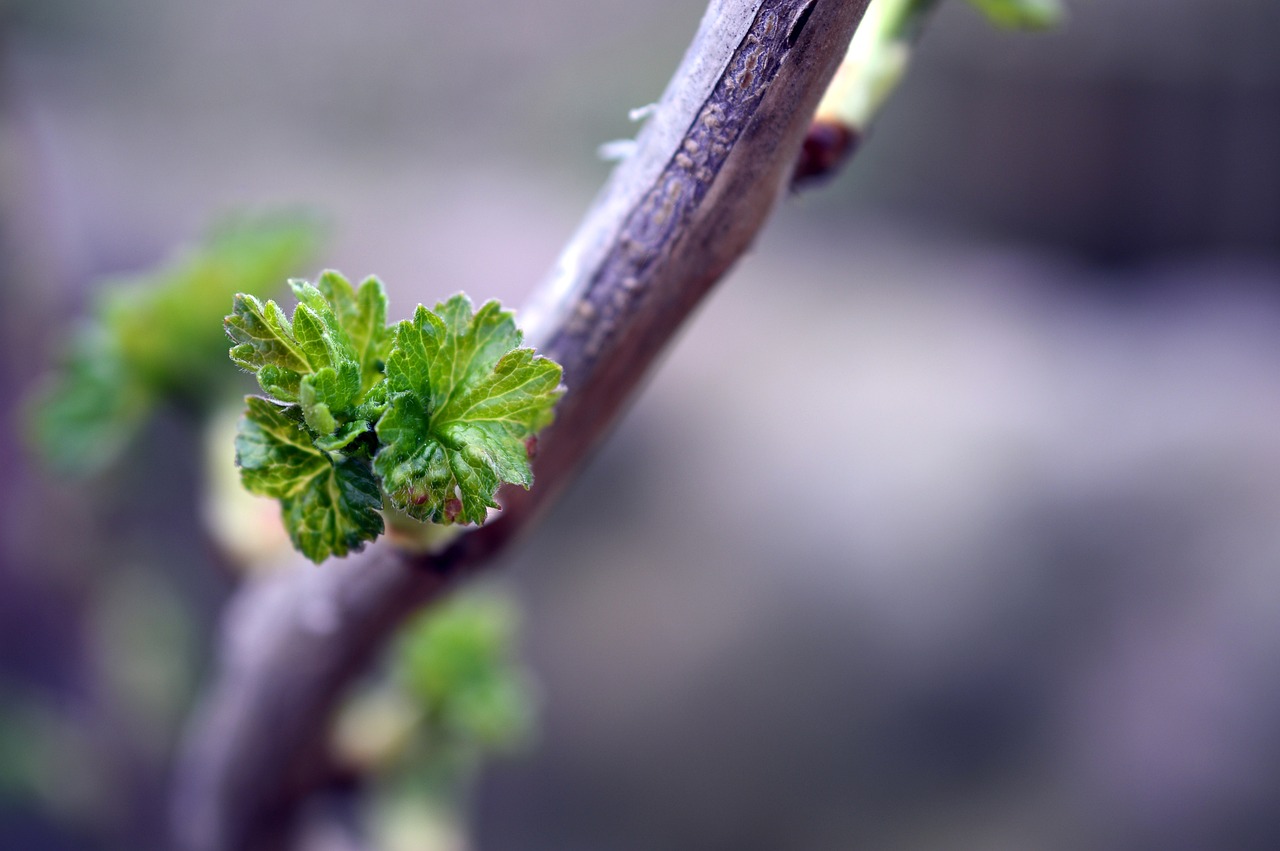
Propagating Currants in Water
The method explained above also works if you let the shoot form roots in water first. This can take a few weeks. Once the first roots are visible and developed, you can then plant the cutting in suitable soil. You should ensure a good and regular water supply, especially at the beginning after planting. This will allow the cutting to grow well.
Currant Cuttings for a Higher Yield
Although most varieties are self-fertile , a second plant in the vicinity increases the yield and fruit size. Especially with blackcurrants, another variety in the garden improves fertilization and reduces premature fruit drop. The increased efficiency of a second plant of a different variety can be explained by evolutionary history. This is because another variety brings new genetic material with it, which leads to more diversity and therefore greater survivability. There are also some blackcurrants that are self-infertile and are therefore completely dependent on another plant for fertilization. However, it is important to remember that only blackcurrants can cross-fertilize. In contrast, a red variety can be fertilized with a white one and vice versa. This is due to the fact that white currants are not botanically an independent variety, but are a cultivar of the red currant.
Companion Planting With Currants: Healthy Plants Through Biodiversity
Companion planting simplifies care with regard to diseases and pests. A large variety in the bed makes the berry bushes more resistant and specific pests do not find it so easy to colonise. It also increases your yield, as currants are partly cross-pollinators and depend on neighbours of the same species. You can find ideas and inspiration for companion planting with currants here in our bed plans.
If you have any questions or comments, please write to us at [email protected].
Would you like to receive helpful gardening tips all year round and plan your own beds optimally? Then register here or download the Fryd app for Android or iOS.
Fryd - your digital bed planner
Titelbild von Svetlana auf Pixabay.

Marie
Marie is an agronomist. She is particularly interested in the sustainable and organic cultivation of vegetables and other plants. In her own garden, she gained experience and likes to try things out to learn from nature. She is particularly interested in the values and principles of permaculture, in order to contribute not only to the well-being of nature, but also to the well-being of people and future generations.
Learn MoreCurrent Topics in the Community
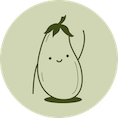

My homemade beeswax candles made from my own beeswax Now the problem is that I can no longer reach my vegetables - even the digging fork is frozen solid - I can only harvest Brussels sprouts and kale
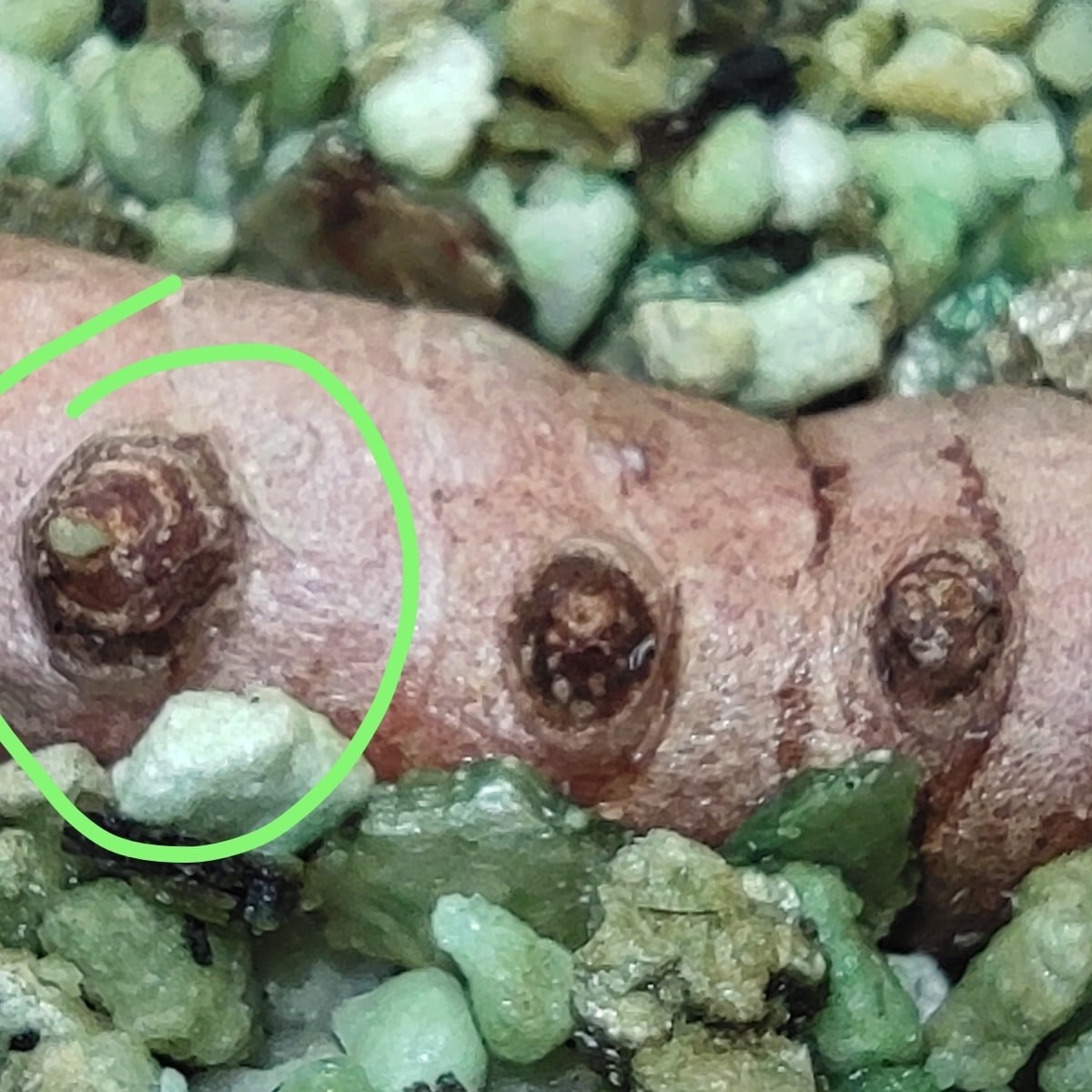
Liked 2 times
After two weeks, the turmeric rhizome shows the first signs of life. #turmeric #spices
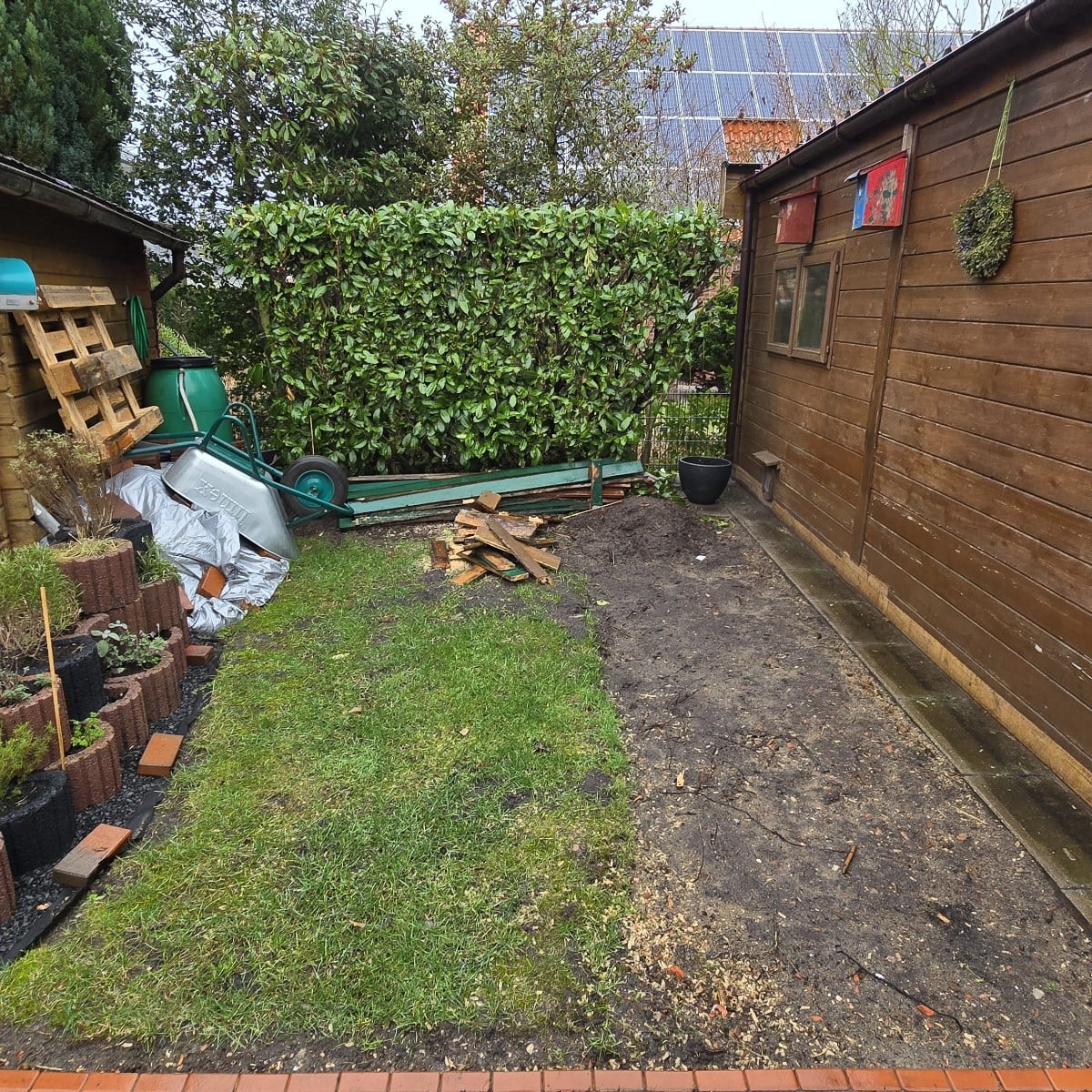
Liked 2 times
The raised bed 1x5m is small wood. A 2.5x3m greenhouse is now to be built here in spring 26. What is your tip? Replace the soil with new soil and plant directly? Or pave it out and use raised beds again?
Show 1 answerPopular Articles

Overwintering Parsley: How to Do It Successfully

How to Grow Lettuce in Winter: Varieties, Sowing, Harvesting

Growing Sage Plant: Tips for Sowing and Harvesting

What Herbs Can Be Planted Together?

Create & Design a Permaculture Garden

Overwintering Plants: Tubs, Pots and Raised Beds

Pruning, Fertilizing & Propagating Currants: Care Tips

Pruning Raspberries: How to Do It

Vegetable Garden With Greenhouse: How to Use Greenhouse Effect

Winterizing Beds and the Garden: How to Do It
FAQ
A good time is after the harvest in fall/early winter. However, if you have forgotten to prune, you can still prune your shrubs in spring until March. However, pruning should be done before budding.
Depending on their color, currants bear fruit on shoots of different ages: White and red currants need the perennial shoots, as they form fruit on their new side shoots. Blackcurrants, on the other hand, bear on the side shoots of one-year-old branches. Leave enough of these shoots and replace a fruiting shoot after three years.
To ensure that your currant bushes have enough nutrients for the whole year, it is best to fertilize them twice with slow-release organic fertilizer: Once before budding in spring and then again in fall after the harvest and before winter dormancy.
You can easily make your own currant cuttings by cutting off a one-year-old, non-woody shoot and placing it in soil or water. The shoot will then grow new roots and sprout again next spring.